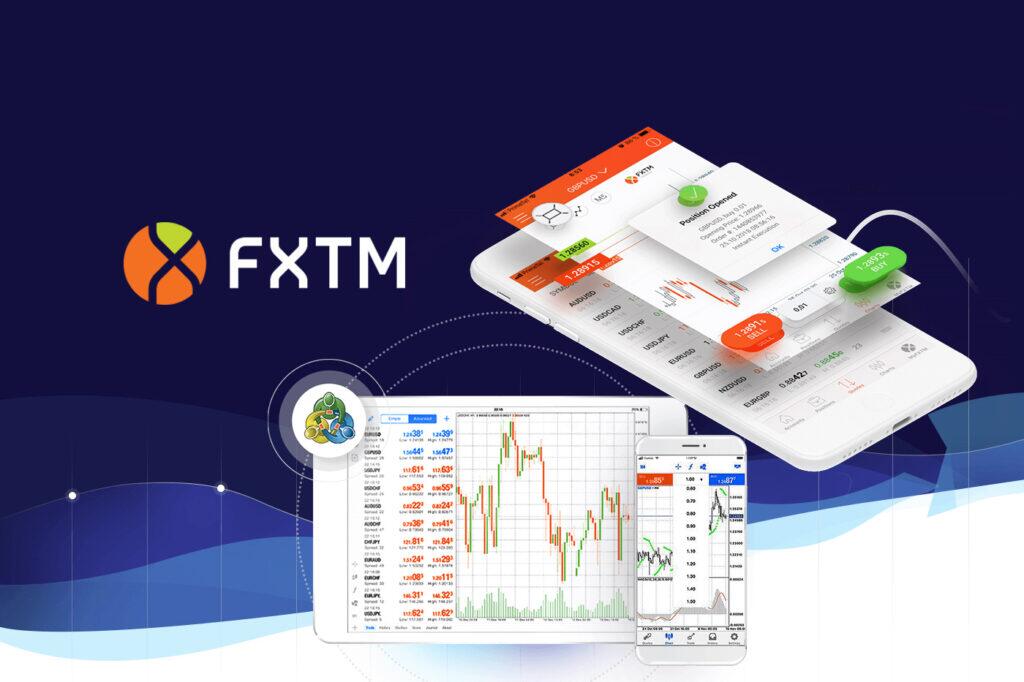
Get €25,000 of virtual funds and prove your skills in real market conditions. Scale – if this option is enabled, the scale will be automatically calculated based on the minimum and maximum value of the indicator, so that the indicator would fit on the chart. A state is deemed overbought if the MFI rises beyond 90 and oversold if the MFI falls below 10. The MFI is rarely greater than 90 or lower than 10, indicating that a price fluctuation is not sustained. However, if MFI declines below 20, prices may keep falling in the face of a severe downward trend.
Also known as the volume-weighted RSI, the https://forexhero.info/implementation-of-artificial-neural-network-for/ is an oscillator that helps gauge the strength and direction of money flowing in and out of a security over a period of time. The Money Flow Index (MFI) is a technical indicator that measures the buying or selling pressure of an asset through price and volume. A bearish failure swing occurs when MFI becomes overbought above 80, plunges below 80, fails to exceed 80 on a bounce and then breaks below the prior reaction low. A bearish divergence forms when the stock forges a higher high and the indicator forms a lower high, which indicates deteriorating money flow or momentum. The Money Flow Index (MFI) is a momentum indicator that measures the flow of money into and out of a security over a specified period of time.
Money Flow Index
For example, MFI often indicates an overbought state when it is above 80 and an oversold situation below 20. Although the upward trend is robust, costs may keep rising, and the MFI may soar above 80. If the MFI indicator reveals a sharp price increase to a high level, the stock is said to be overbought. The overbought zone is where costs have increased significantly and are now weary of moving further forward; hence, the prices may shortly turn to a downtrend.

To get the most out of this guide, it’s recommended to practice putting these Money Flow Index (MFI) strategies into action. The best risk-free way to test these strategies is with a demo account, which gives you access to our trading platform and $10,000 in virtual funds for you to practice with. The Money Flow Line (MFL) indicator is at its core a more even-tempered version of the Price-Volume-Trend (PVT). I find it helps having this overlayed with RSI to help gauge price action and sentiment, as well as for confluence with RSI.
What is the Money Flow Index?
The overbought and oversold levels are also used to signal possible trading opportunities. Traders watch for the MFI to move back above 10 to signal a long trade, and to drop below 90 to signal a short trade. In addition to identifying overbought and oversold levels, another key method of using the MFI is to follow the trend. In this, you should buy the asset when the MFI is rising and vice versa. TrendSpider is a suite of research, analysis, and trading tools (collectively, the “platform) that are designed to assist traders and investors in making their own decisions.
Notice that ARO peaked with the first overbought reading and formed lower highs into October. After the December overbought reading, ARO moved above 23 and consolidated. There were two down gaps and a support break, but these did not hold. For example, a very high Money Flow Index that begins to fall below a reading of 80 while the underlying security continues to climb is a price reversal signal to the downside. Conversely, a very low MFI reading that climbs above a reading of 20 while the underlying security continues to sell off is a price reversal signal to the upside. One of the primary ways to use the Money Flow Index is when there is a divergence.
Economic Indicators
It occurs when the price changes to a new low, whereas, the MFI indicates a higher low showing a boost in money flow. It presents an opportunity of buying the securities at low prices. Money Flow Index (MFI) is a movement indicator used in technical analysis that looks at time and price to measure the trading pressure — buying or selling. It is also called volume-weighted Relative Strength Index (RSI), as it includes volume, unlike RSI, which only incorporates price. A good way to use the money flow index is to identify the overbought and oversold levels. The MFI is a leading indicator that uses price and volume to show whether the price is overbought or oversold.
What is the difference between MFI and MACD?
MFI vs.
RSI is a technical indicator that measures the magnitude of recent price changes to evaluate overbought or oversold conditions in the price of a security. MACD is a trend-following momentum indicator that shows the relationship between two moving averages of prices.
The only difference is that MFI incorporates volume action so it can be seen as a volume-weighted RSI. MFI uses price and volume for identifying overbought or oversold conditions in an asset. Determine the money ratio by dividing the positive and negative money flows. Other momentum-based oscillators like Stochastics can validate overbought and oversold MFI indications when trading range markets. Like MFI, Stochastics likewise uses 20 and 80 markers for oversold and overbought levels.
What is the formula for MFI?
Calculation of MFI
Money Flow = Typical Price * Volume. One should note that if today's Typical Price is greater than yesterday's Typical Price, it is considered Positive Money Flow. So, if today's price is less, then it is considered Negative Money Flow.
 Cart is empty
Cart is empty
Leave A Comment